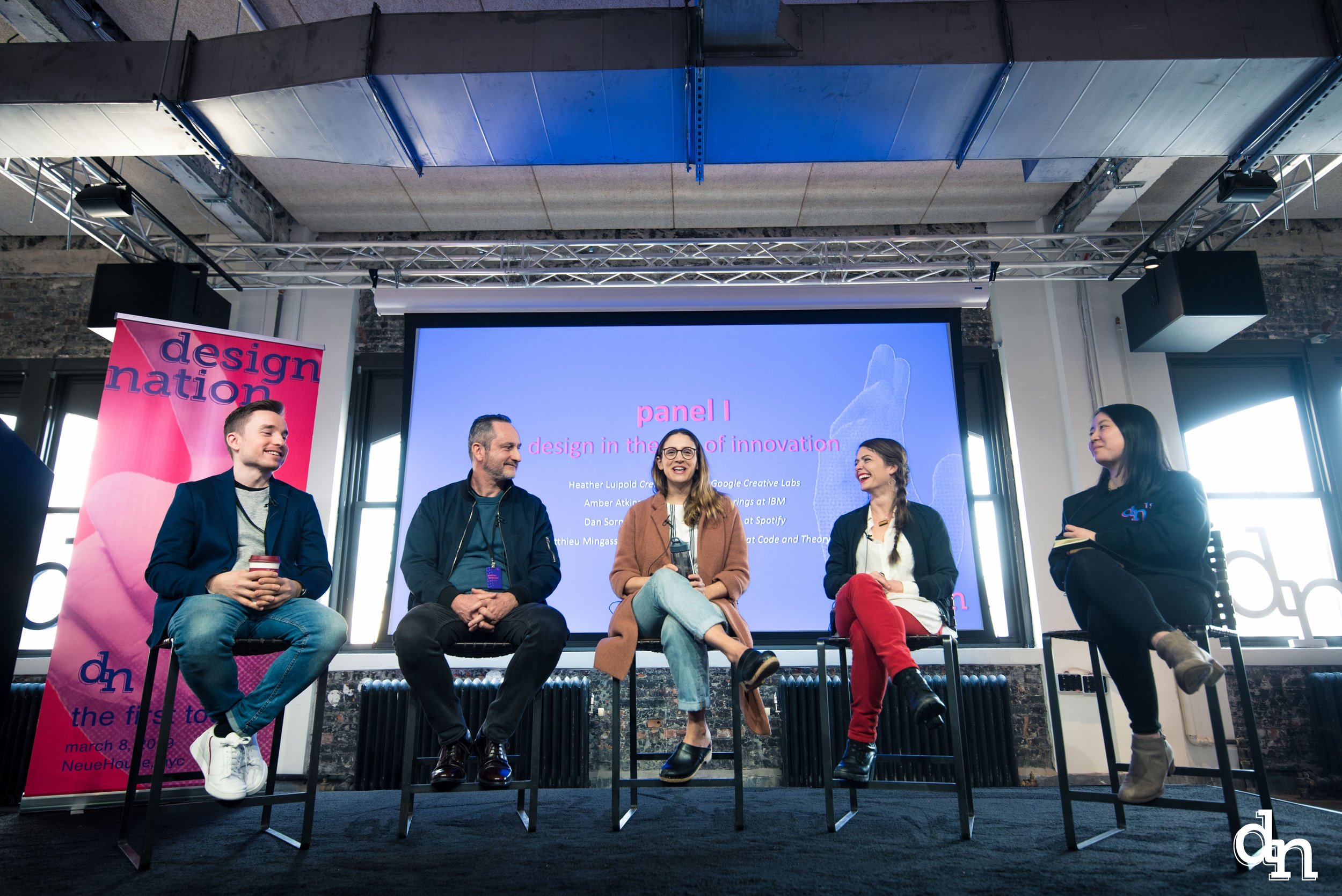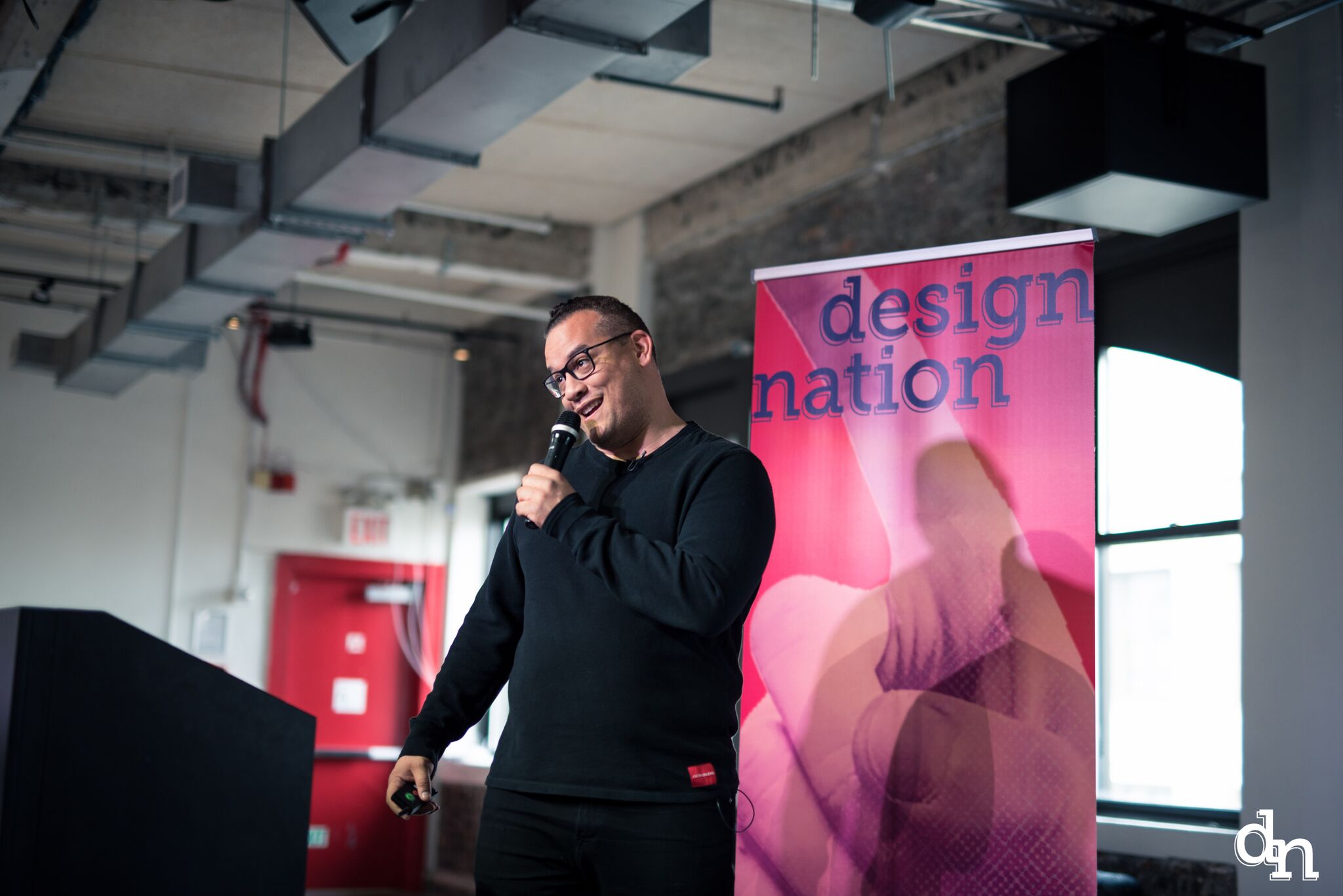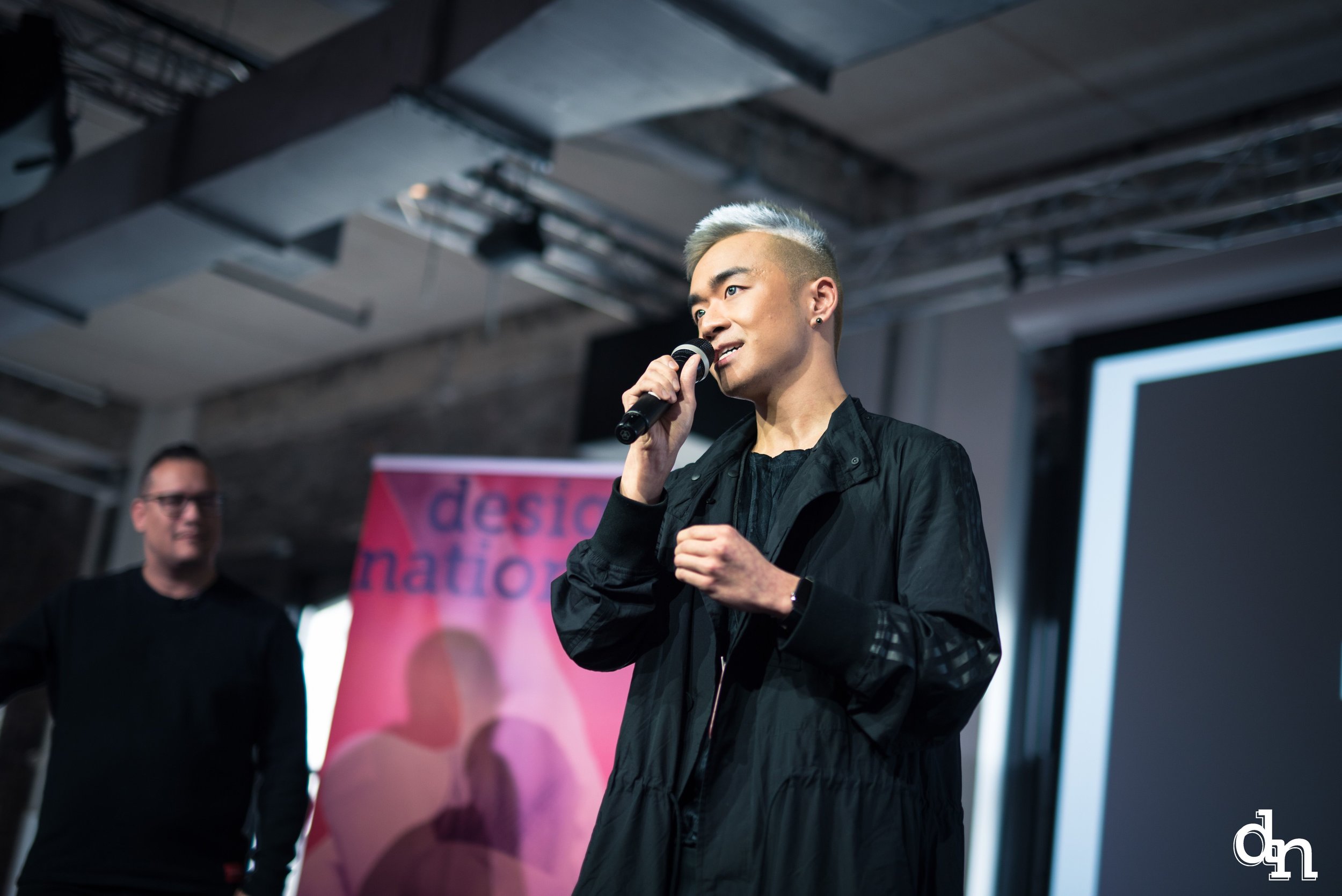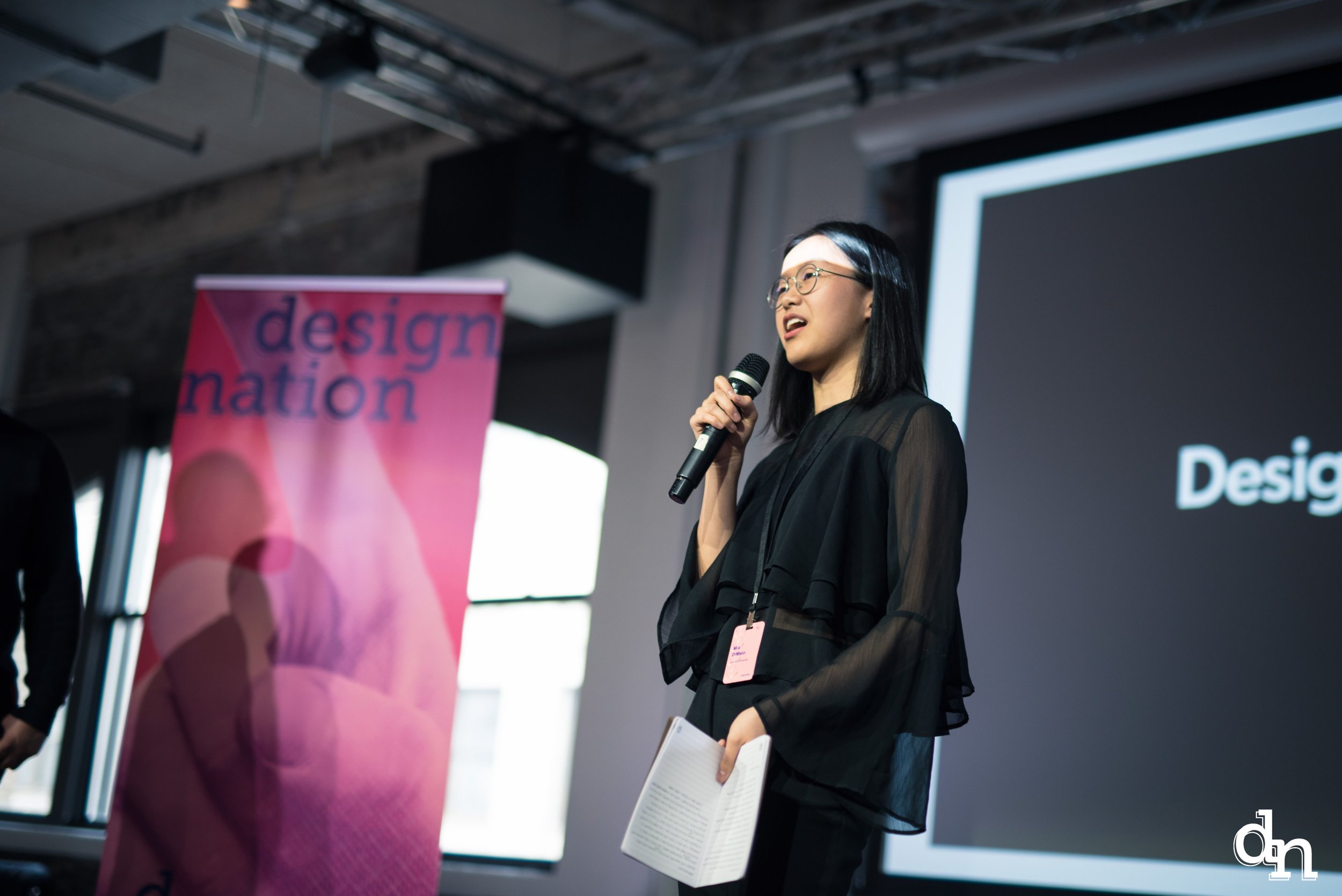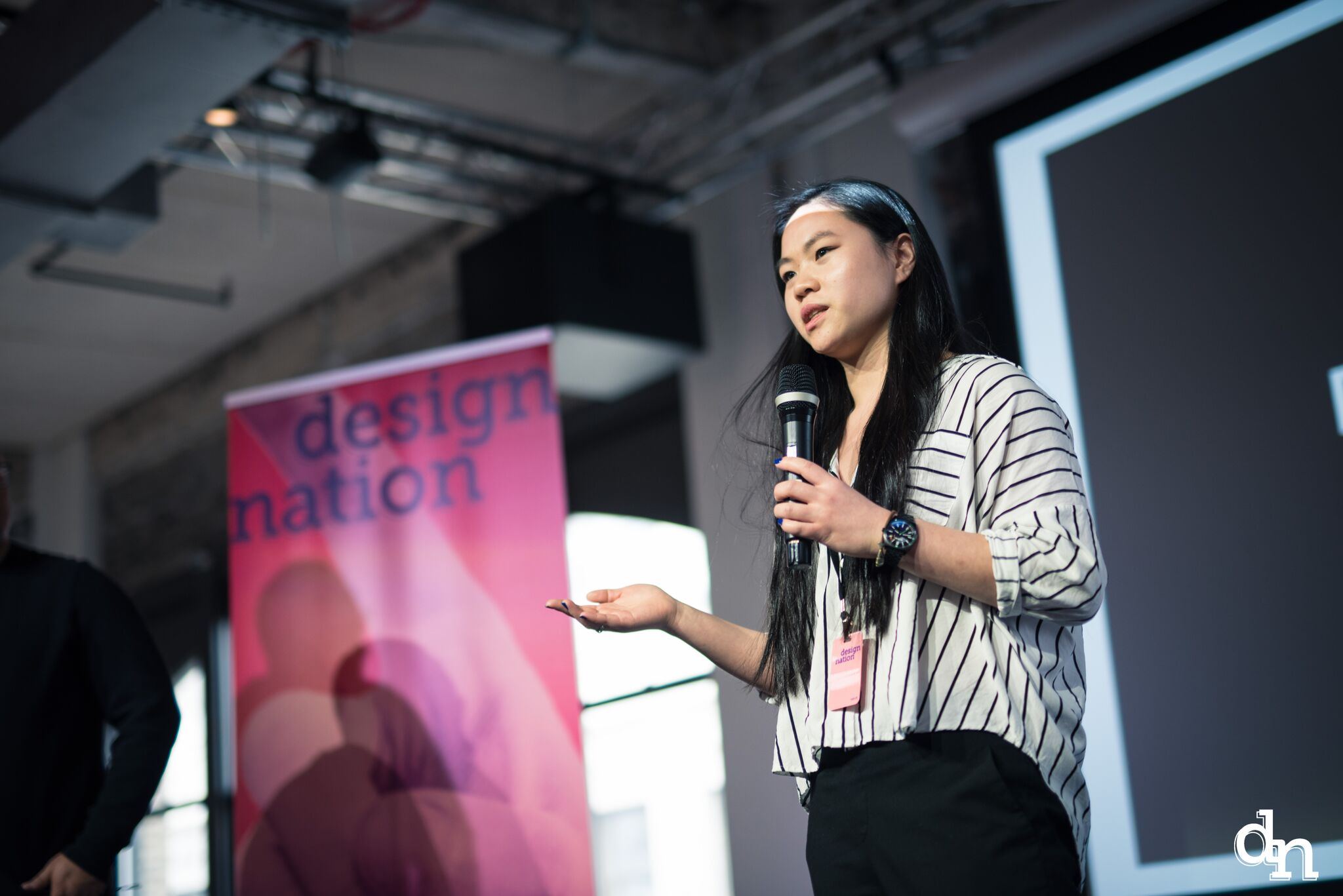Design Nation 2019: A Recap
On Friday, March 8th, Business Today held the 3rd iteration of Design Nation, an expenses-paid conference that explores the impact of design within career, business, and industry. For the first time, Design Nation had a theme centered around “The First Touch,” how designers use the consumer experience to create unique and groundbreaking products. The conference brought together over 80 students from across the nation to the NeueHouse in New York for a day filled with keynotes, panels, workshops, and seminars.
Melissa Dalrymple, Partner at McKinsey & Company
The day kicked off with a keynote by Melissa Dalrymple, a Partner at McKinsey & Company. Her work focuses on leveraging McKinsey’s design arm in transforming the businesses with which they collaborate. When comparing companies that invested in design with those that did not, along with graphs illuminating the drastic difference in returns, Dalrymple furthered the notion that design has grown increasingly prominent in driving success for today’s businesses. Her piece of advice to the attendees was to start thinking about how to best communicate the value of what you’re doing to the table.
Panel I: Design in the Era of Innovation
The next event was a panel, themed “Design in the Era of Innovation,” bringing together design executives from Google Creative Labs (Heather Luipold, Creative Lead), IBM (Amber Atkins, Strategic Global Offerings), Spotify (Dan Sormaz, VP of Design), and Code and Theory (Matthieu Mingasson, Group Director of Product). One of the first concerns that precipitated from the discussion was the challenge of automation to design. As more and more systems undergo automation, it becomes important to reorient design such that it remains an inherently creative and human process. Likewise, panelists touched upon design with regards to customers and the product. For instance, product design intersects heavily with accessibility as businesses attempt to create products that can serve the greatest audience. In another vein, Sormaz mentioned that experience has trumped other aspects of design; the term “design” no longer refers solely to visuals, but reflects an all-encompassing experience that includes sound and communication.
Brian Bimschleger walks through the crowd to lead his workshop
After these two presentations, the attendees then began their first workshop, lead by Brian Bimschleger, Head of Strategy at Arthur, a design studio based in California. After an energetic rendition of the wave with attendees, Bimschleger lead students through an exercise based off of the Six Thinking Hats. Each hat represents a different subject; the black hat, for instance, represents challenges that could be faced. In this workshop, attendees pitched new products they would like to create and applied each hat to critically assess their idea.
Fireside chat with Debbie Millman and Robert Brunner
Attendees then listened to a fireside chat with Debbie Millman, Host of Design Matters podcast, and Robert Brunner, Founder and Partner at Ammunition Group. Brunner’s history in design began with work in several technology companies, notably Apple Computer. Now the head of a leading design studio, Brunner explained, “When two people look at something and have the same gut feeling, that is branding.” On the opposite end, Debbie Millman never studied design formally, but once she made the commitment to learn it herself, she never compromised her ambitions. Millman recounted choosing to live in NYC as a non-negotiable that was most important to her at the time. Though she lived in a 4th floor walkup where she had to get through someone else's room to get to hers, Millman emphasized that she was able to come so far because she stuck to her goal.
The second keynote of the day featured Tim Riley, Senior Director of Experience Design at Warby Parker. Riley spoke to Warby Parker’s unique advertising and marketing techniques. One marketing campaign they used was having models wear their eyewear and hold up blue books with the names of the particular glasses. Another, Warby Barker, featured dogs of all ages and sizes donning Warby Parker glasses and became extremely popular in a matter of hours once it was launched. Riley didn’t neglect to speak to how Warby Parker addresses user experience. Aside from allowing customers to try on glasses from their home before purchasing, Warby Parker has launched in-store experiences for people to survey glasses as they see fit.
Moving on to the second workshop, Doug Melville, Chief Diversity Officer at TBWA, an international advertising agency, spoke to diversity in marketing. As a leader of diversity within TBWA, Melville mentioned that students need to reframe diversity relative to location. In America, race tends to represent diversity while around the world, diversity centers more on gender differences.
Melville also provided seven tips for success, as outlined below:
Build trust and consistency (blogging is one way to do it) - define one thing in your life for this rule
Reputation precedes you when you walk into a room
Be comfortable with the uncomfortable
Know the people you are with everyday
Know your strengths and weaknesses and capitalize on this knowledge
Get better at telling your story
Find a mentor, advocate, and coach
As he began his workshop, Melville, passionately advocating for idea disruption, challenged students to present thirty second stories about themselves. The workshop aptly ended with several presentations from attendees, showcasing their own disruptive nature; one attendee, Jason Yuan, spoke to receiving rejections from a whole host of companies, only to take the lead and redesign Apple Music through his own case study.
Design Nation Conference Directors, past and present, with Founder Mihika Kapoor (center)
After a recruiting reception and executive seminar, students settled down to listen to a fireside chat with Bryan O’Neil Hughes, the Director of Product Management at Adobe. Hughes touched upon how Adobe has taken advantage of innovations, such as AI, to facilitate design. For instance, Photoshop has introduced tools, such as content aware fill, that users didn’t even know they’d want; these have become staples of the Photoshop workflow. Within Adobe, Hughes also has been pushing for Project Gemini, Adobe’s in-development app specifically for drawing. Though he admits he used to be a professional photographer, not a great drawing artist, Hughes argues that drawing reflects one of our very first touches with creativity, and for Adobe to overlook this project would seem foolish. Finally, Hughes’ story, like Debbie Millman’s, started with him finding a person/product (for him, it was Photoshop and its original creator), then placing that goal as a non-negotiable thing he wanted to follow. To Hughes, if you find one of those things in your own life, it’s absolutely worth chasing it and allowing life to work around that core decision.
The next panel, which was all female, aligning with International Women’s Day, discussed “Ethics and Purpose within Design.” With Ifeoma Ebo, Director of Strategic Design Initiatives at NYC Mayor’s Office, Deva Pardue, Senior Creative Designer at the Wing, and Sarah Welch, Vice President at ideas42, panelists examined design’s relevance in organizations and objects outside of corporate businesses. Being at the center of human experiences, design has a powerful emotional effect that allows it to push forth social causes. The panel also sought to expand the idea of design to encompass posters, systems, urban networks, the criminal justice system, co-working spaces, and more.
The day ended with one last keynote by two executives from Postmates. Ario Jafarzadeh, Head of Design, and Marc Greenberg, Leader of Product and UX, talked about creating a robot for Postmates’ food delivery business. Speaking to the versatile applications of design, Jafarzadeh and Greenberg explained how there was much thought put into the design of their autonomous robot, Serve. It was heavily tested on its appearance in the streets, and they decided upon a grocery cart-like design to symbolize both food delivery and technology.
Conference directors (from left to right): Koert Chen, Sharon Zhang, Seoyoung Hong, Enver Ramadani, Sumner Brinkley, Gabrielle Rich, Auset Taylor
All in all, DN19 helped bridge the gap between undergraduates interested in design and design as a potential career pathway. From thinking about how design interacts with various products to considering how design can convey social impact, it’s inevitable that design be given attention in today’s business world. It’s here to stay.
*All photo credits go to Vincent Po.



